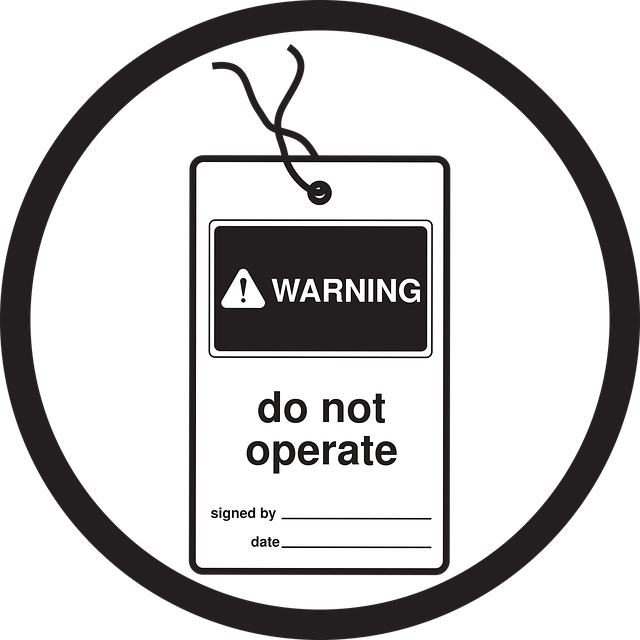Skin tags, caused by friction or trauma, can be categorized into acral and angular types. Choosing a qualified Dermatologist for skin tags removal is essential for effective, safe treatment. Look for specialists with experience, personalized consultations, high success rates, and before-and-after examples. After removal, proper post-care including cleanliness, protection from sunlight, and following dermatologist's instructions is crucial for healing. In the UK, top-rated practices offer advanced techniques for minimal scarring results.
Looking to bid farewell to unsightly skin tags? You’re not alone. Skin tags, those small, harmless growths on the skin, can be a source of embarrassment. The UK boasts leading dermatologists specializing in their removal, offering high success rates and effective treatments. Understanding skin tags, choosing the right expert, and knowing post-treatment care are crucial steps towards achieving smooth, tag-free skin. Discover top practices and treatment options to reclaim your confidence.
- Understanding Skin Tags: Causes and Types
- The Importance of Choosing the Right Dermatologist
- High Success Rates: UK's Top Dermatology Practices for Skin Tag Removal
- Effective Treatment Options for Skin Tags
- Post-Treatment Care and Recovery Tips
Understanding Skin Tags: Causes and Types
Skin tags, also known as acrochordons, are small, soft skin growths that typically appear on the neck, armpits, or groin area. They are harmless but can be a source of discomfort and self-consciousness for many individuals. Caused by excessive friction or trauma to the skin, these tags often run in families, suggesting a genetic predisposition.
There are various types of skin tags, including acral and angular. Acral tags are more common and can occur anywhere on the body, while angular tags tend to form at body creases and are usually found in areas prone to friction, such as the neck or armpits. Understanding these causes and types is essential when seeking a Dermatologist for skin tags removal, ensuring effective and safe treatment tailored to your specific needs.
The Importance of Choosing the Right Dermatologist
Choosing the right dermatologist for skin tags removal is crucial for achieving optimal results and ensuring your comfort throughout the process. Not all dermatologists are equally equipped to handle skin tags, so it’s essential to select a specialist with high success rates and extensive experience in this specific area. Look for practitioners who offer personalized consultations, as every patient’s needs are unique.
During your consultation, discuss your concerns openly and ask about the dermatologist’s approach to treatment. Reputable dermatologists will be transparent about procedures, potential side effects, and recovery times. They should also provide before-and-after examples of skin tags removal to give you a realistic expectation of what to expect. Selecting a knowledgeable and compassionate dermatologist significantly contributes to a positive outcome and a satisfying experience.
High Success Rates: UK's Top Dermatology Practices for Skin Tag Removal
In the quest for effective skin tag removal, high success rates are non-negotiable. Among UK’s top dermatology practices, one stands out for its consistent track record in eliminating skin tags with minimal to no scarring. This leading dermatologist leverages advanced techniques and expertise to ensure optimal results, making them a trusted choice for those seeking professional care.
With a focus on precision and patient satisfaction, the dermatologist employs state-of-the-art equipment and evidence-based methods. Their high success rates are a testament to their commitment to staying at the forefront of dermatological advancements, providing patients with safe, effective solutions for skin tag removal.
Effective Treatment Options for Skin Tags
When it comes to effective treatment options for skin tags, a dermatologist for skin tags plays a pivotal role in providing safe and successful solutions. The most common methods include cryotherapy, where extreme cold is used to freeze and remove tags, and surgical excision, which involves cutting out the tag with a scalpel. Laser treatments are another option, targeting the blood vessels supplying the tag for efficient removal.
A dermatologist will assess your skin and recommend the best approach based on the size, number, and location of the skin tags. Each method has its advantages and potential side effects, so expert guidance is essential to ensure optimal results and minimize scarring or complications.
Post-Treatment Care and Recovery Tips
After your skin tag removal procedure with a leading dermatologist, proper post-treatment care is essential to ensure optimal healing and minimize any potential side effects. It’s recommended to keep the treated area clean and dry for the first 24 hours. Avoid touching or scratching the area, as this could introduce bacteria and delay healing. A mild, fragrance-free soap and cool water are sufficient for cleaning; gently pat the skin dry without rubbing.
During the recovery period, you may experience some redness, swelling, or mild discomfort around the treated skin tags, which is normal. Applying a cold compress can help reduce any swelling and provide some relief. It’s crucial to avoid exposing the treated area to direct sunlight for at least 48 hours after the procedure to prevent potential hyperpigmentation. Use sunscreen with a high SPF when outdoors, and wear protective clothing to cover the affected areas. Remember, following your dermatologist’s specific instructions for post-treatment care is key to achieving the best possible outcomes.
When seeking a dermatologist for skin tags removal, it’s crucial to choose a practiced professional with high success rates. The UK boasts top dermatology practices specializing in effective treatment options for skin tags, ensuring minimal discomfort and quick recovery times. Remember that understanding your skin condition is key, so consult experts who can offer tailored post-treatment care and help you achieve smooth, tag-free skin.
